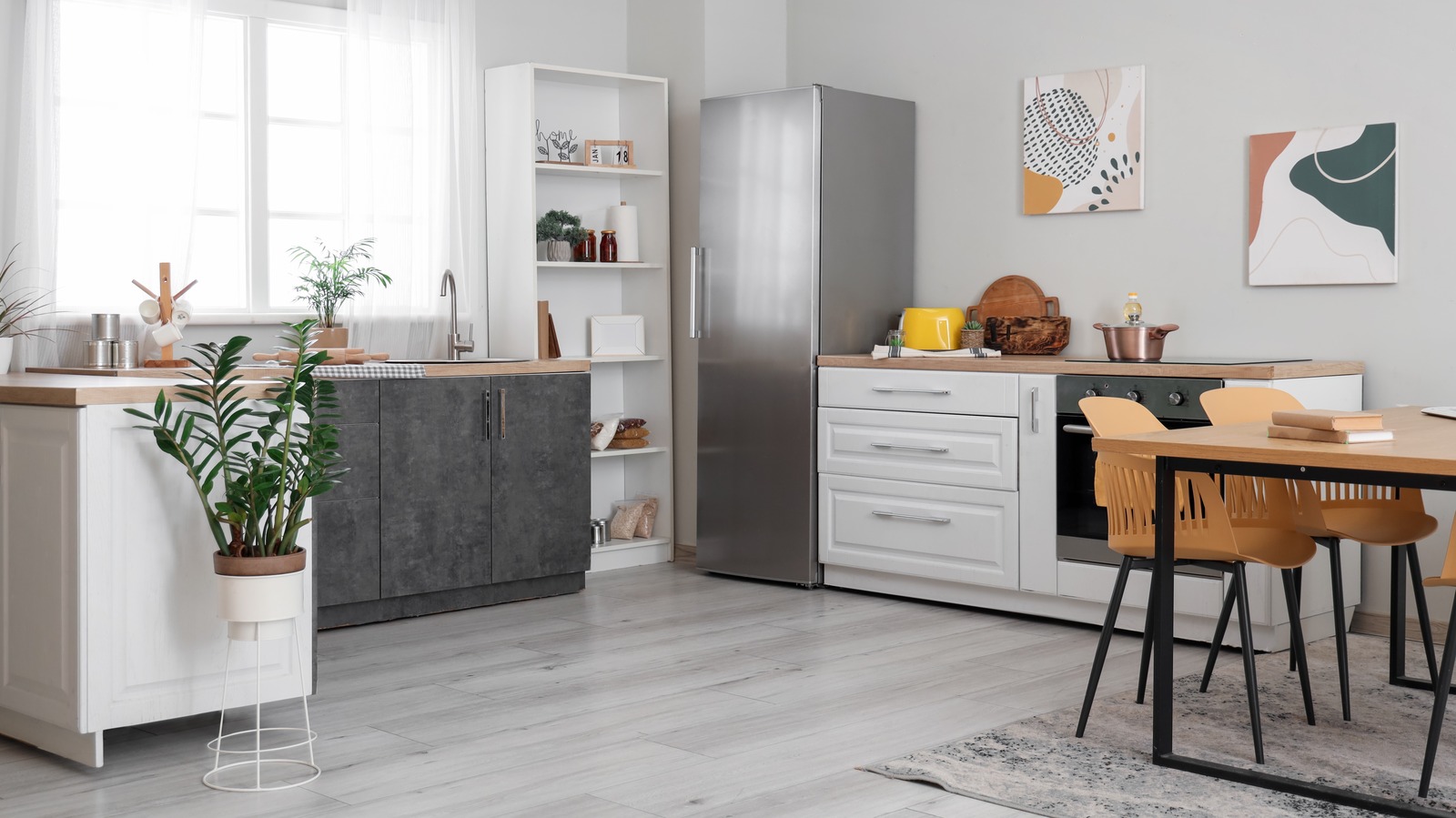It needs to be said: The lazy Susan doesn’t get enough credit. It may not have the most appreciative name, but revolving serving trays have been helping people organize their kitchens and present foods for centuries. Folk etymology claims that Thomas Jefferson invented the lazy Susan, though its exact origins are unknown. Regardless of where it started, the lazy Susan was incredibly popular in the 1950s and is one of those retro kitchen design comebacks that should find a place in your modern kitchen today.
It operates as a tray on top of a turning mechanism, allowing for easier and quicker access. For kitchen organization, you can use multiple lazy Susans for different categories of food. Bottles of all sizes — like cooking oils, vinegars, and flavor essences — can be kept together. On another, all your grains (whether you keep them in Martha Stewart-approved glass jars or in their original packaging) can be grouped. In both cases, you’ll no longer need to rummage through the pantry to get what you need. Simply rotate the lazy Susan, and voilà. It’s best to keep taller products in the middle so that smaller items don’t get overshadowed.
Seasonings and spices are one of the first categories to benefit from these tools. People usually use multiple in any given meal, and those change for each dish. As such, having all your spices equally attainable makes a big difference during time-sensitive food prep.
How to pick the right lazy Susan for your kitchen
Regardless of your kitchen structure, there is a way to incorporate lazy Susans to optimize storage. Corner cabinets are great for maximizing space, but they can compromise accessibility, especially when storing bigger items like pots and pans. A lazy Susan can be easily fitted into these spaces and will help you avoid reaching far in to retrieve something — often bumping and scuffing your utensils along the way. Remember, these tools can be any shape so long as they operate as a turntable, so an L-shaped one can be bought or even custom-made to suit your space. Don’t feel limited by the circle!
If your kitchen contains only shelves and no pantry, these are a game changer. You often need to pack pantry items into limited spaces, which increases the risk of things falling out. Beyond adding a protective ledge to your pantry shelves for glass containers, using multiple small lazy Susans will ensure everything is both safer and more organized. However, if you have multiples of the same product with the same-sized packaging, you’re better off arranging them directly on the shelf, either stacked on top of one another or in a row, as there won’t be anything hidden behind.
For taller pantry shelves that lead to wasted space, double-decker lazy Susans solve this issue. These are understandably better suited to shorter items, but they essentially double your pantry space for a fraction of the price and prevent you from repurchasing an item you already had — just buried under a pile of unrelated food.





